The Collection of Catch 22s keeping Wards 7 and 8 from getting new grocery stores
Thanks to Martin for getting me riled up about this again.
The Advoc8te has pointed out the insanity of DC's Supermarket Incentive Program for YEARS. The irony here is not new news, just another reminder of the short-sighted policy decisions that keep east of the river residents in a trap of few amenities and essential resources. All the nonprofits in the world aren't going to be able to address the many inequities of life in a predominantly black and predominantly low-income community if the private sector keeps staying away.
In the neighborhood where I currently live in Ward 5, there are no less than five grocery stores within walking distance -- and Amazon Fresh is more than happy to deliver groceries day or night. So if a new grocery store opened up over here in Ward 5, it would qualify for the tax break (unless something changed with the program since the last time I checked). So why would a grocery store chain be incentivized to open a location east of the river when they can do in neighborhoods like those on Wisconsin Avenue, NW, with higher incomes AND STILL GET THE SAME TAX BREAK?!
On the flip-side, Ward 8 currently has one full-service grocery store (the long-delayed Good Foods Market in Bellevue still hasn’t opened) and Ward 7 has two full-service grocery stores with plans for a third at the new Skyland Town Center (you may recall this is where the first Walmart east of the river was supposed to go but we know how that turned out).
And before you point it out, yes, I moved. However, I did look into staying in Ward 8 but as a renter. However, no residential apartment buildings in Ward 8 would take me as my salary history exceeded their income caps. Of all the new apartment buildings that have come online in Ward 8 in recent years, they all come with income caps. Do you see the irony in that? Grocery store chains and national retailers, in general, are quick to say they can't come east of the river because we don't have the income levels required to support their business. Well, exactly how is east of the river supposed to get those income levels when a large portion of the rental market with those incomes are excluded? And then, the incentive programs that are supposed to encourage development east of the river are also eligible for neighborhoods west of the river.
On the flip side, what kind of new development projects typically come east of the river? 🤔
Coincidence? 👀
I have said this until I was blue in the face, "East of the river is used to solve west of the river problems, not the other way around."
Until that is addressed (pun intended), district-wide equity aspirations (or claims) will remain false.
The proof is in the pudding (or lack of pudding) if you can't walk to a grocery store in your neighborhood.

